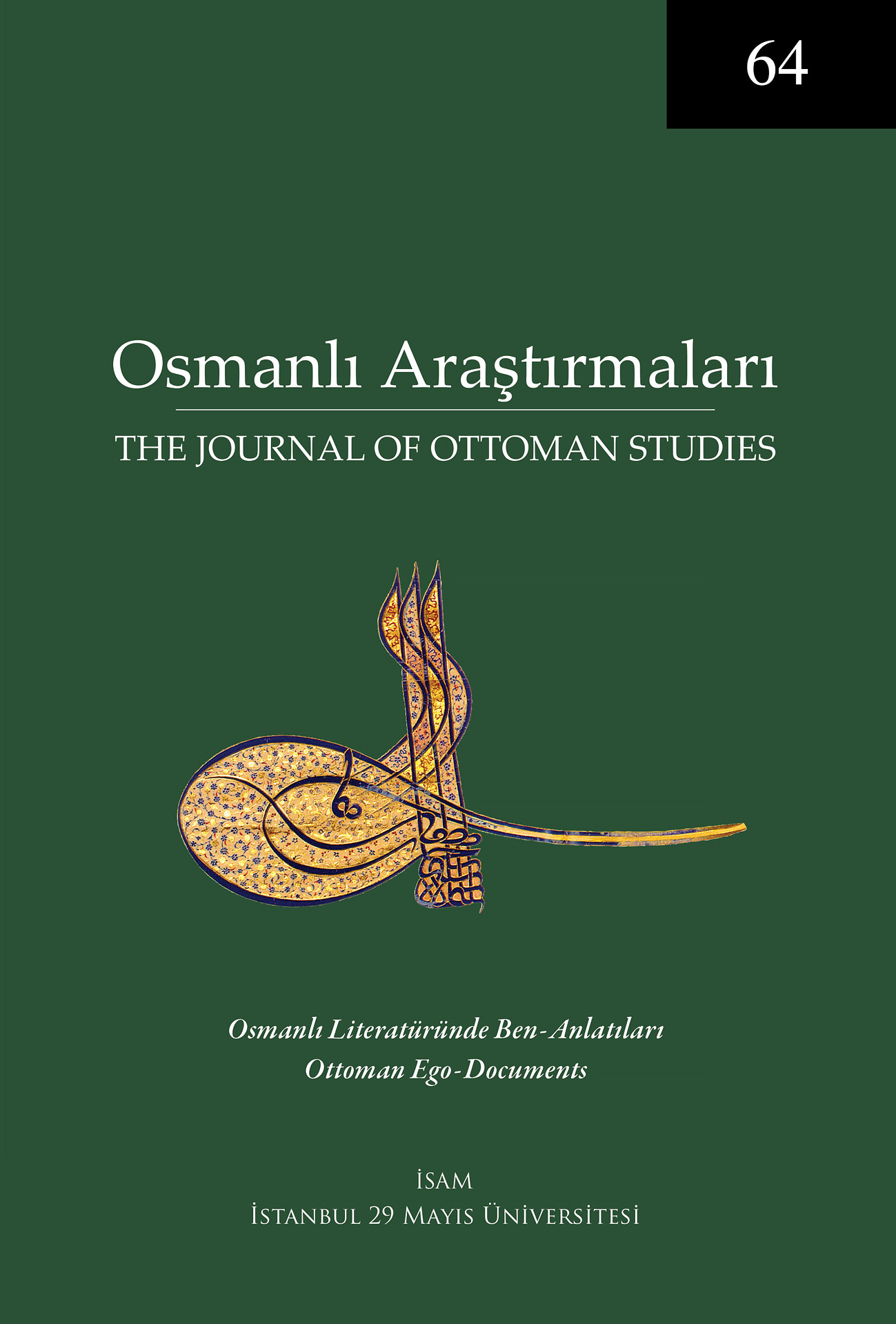The Imperial Edicts of Sultan Ahmed III from the Perspective of Ego-Documents: Possibilities and Limitations
Keywords:
Hatt-ı hümâyuns, Imperial Edicts, Ego-Documents, Biography, Sultan Ahmed IIIAbstract
This study aims to answer whether Sultan Ahmed III’s imperial edicts, hatt-ı hümâyuns, which are the documents containing his handwritten orders or assessments, can be evaluated within the scope of the ego-document genre. For this purpose, the study primarily aims to draw a general framework regarding the historical process in which the concept of ego-documents emerged and the ongoing debates both in European historiography and Ottoman historiography on the scope of the concept. Then it evaluates hatt-ı hümâyuns, one of the most important written communication tools of the Ottoman central bureaucracy, in terms of form, function and content. The study considers how to determine whether these documents carry the basic dynamics of ego-documents fitting parameters such as purpose, motivation, historical context and audience. It tries to determine the source value of hatt-ı hümâyuns as historical material from the perspective of ego-documents. It touches on the critical mission of these documents, which contain unique clues about the Sultan’s ego and the ‘self’ construction process, for the creation of a complex and person-oriented biography of Ahmed III. It reveals the uniqueness of these documents in creating the ‘human’ centered life stories of Ottoman sultans, especially while person-centered history writing has gained momentum in recent times.




